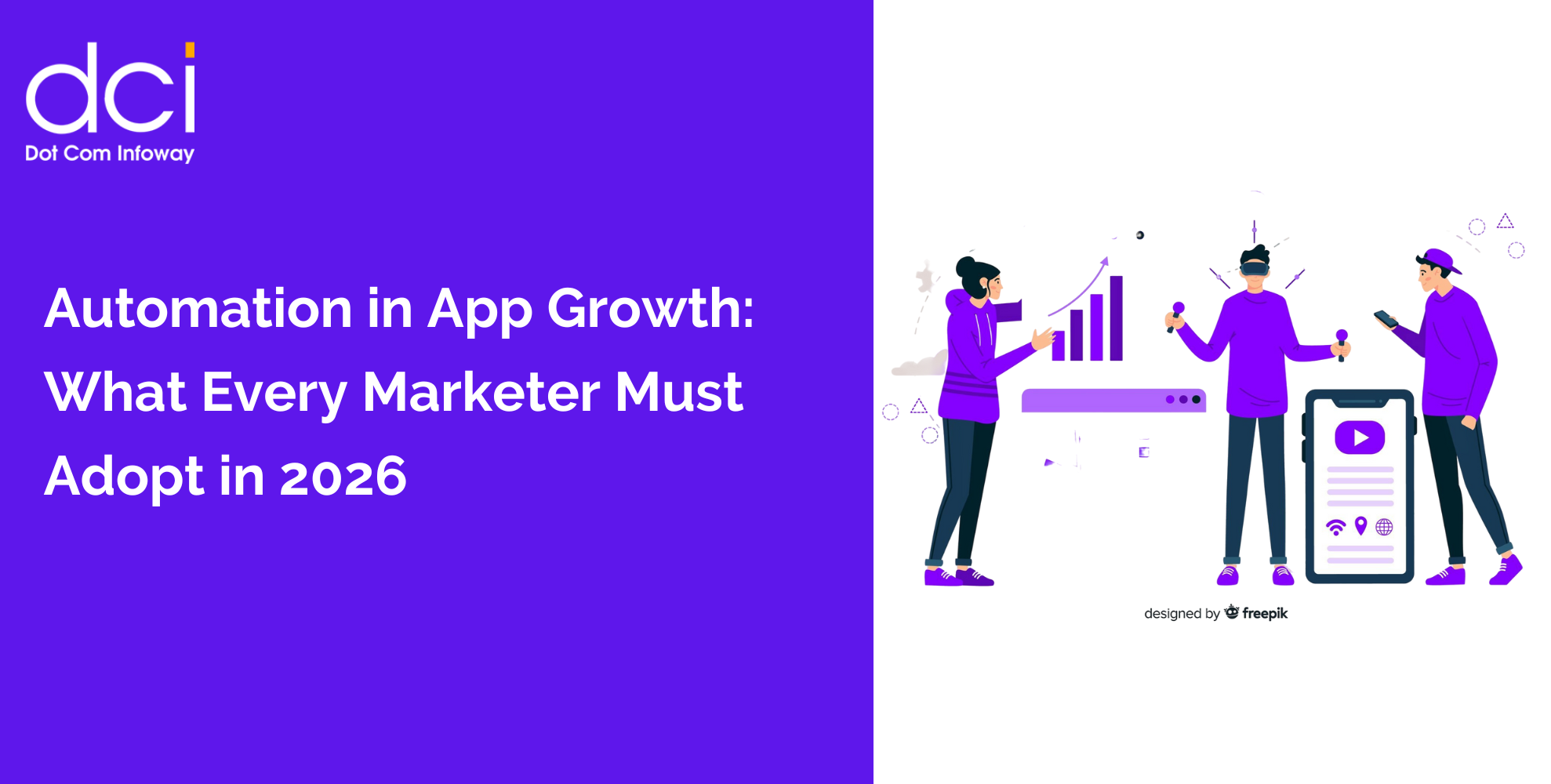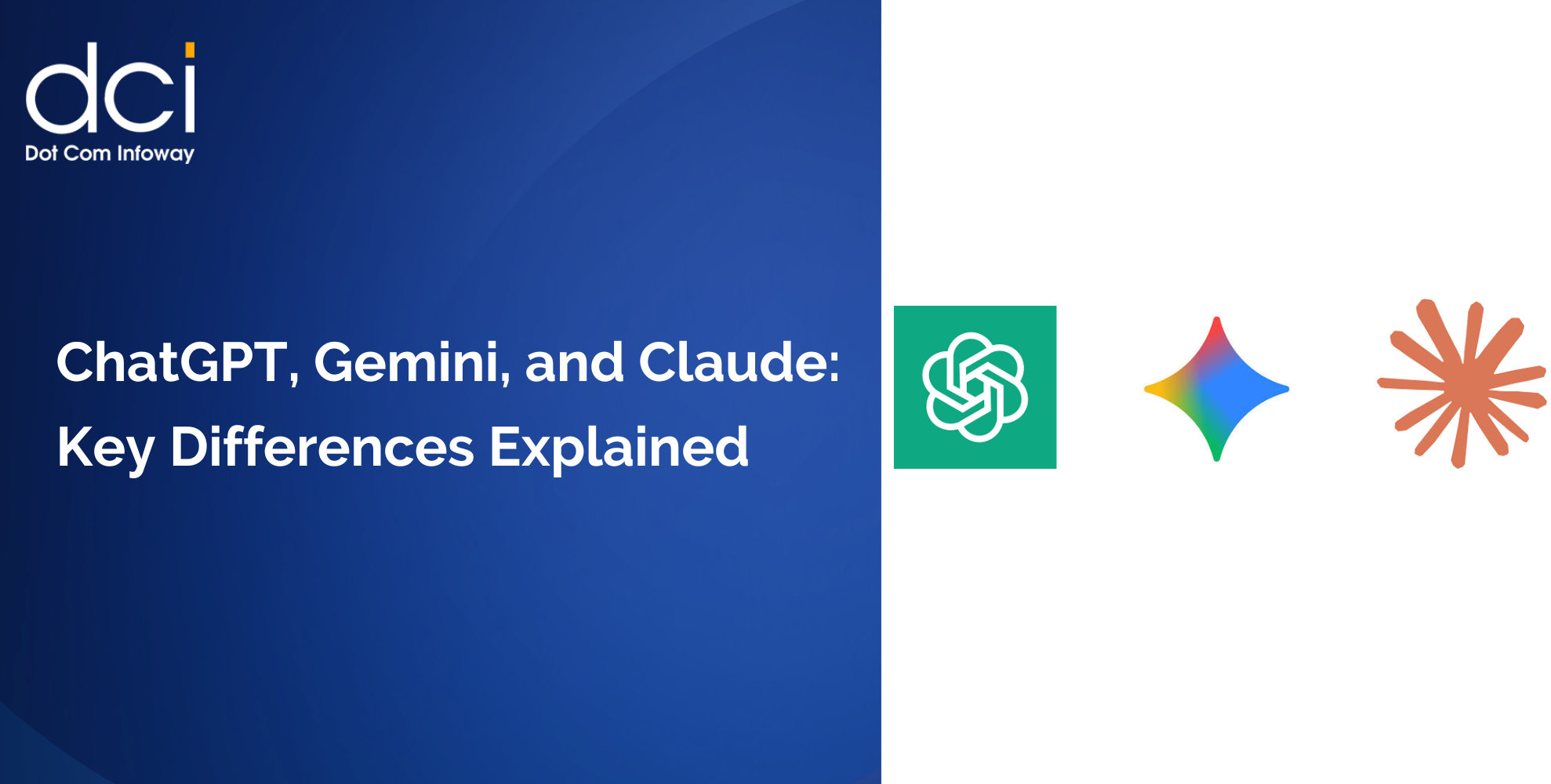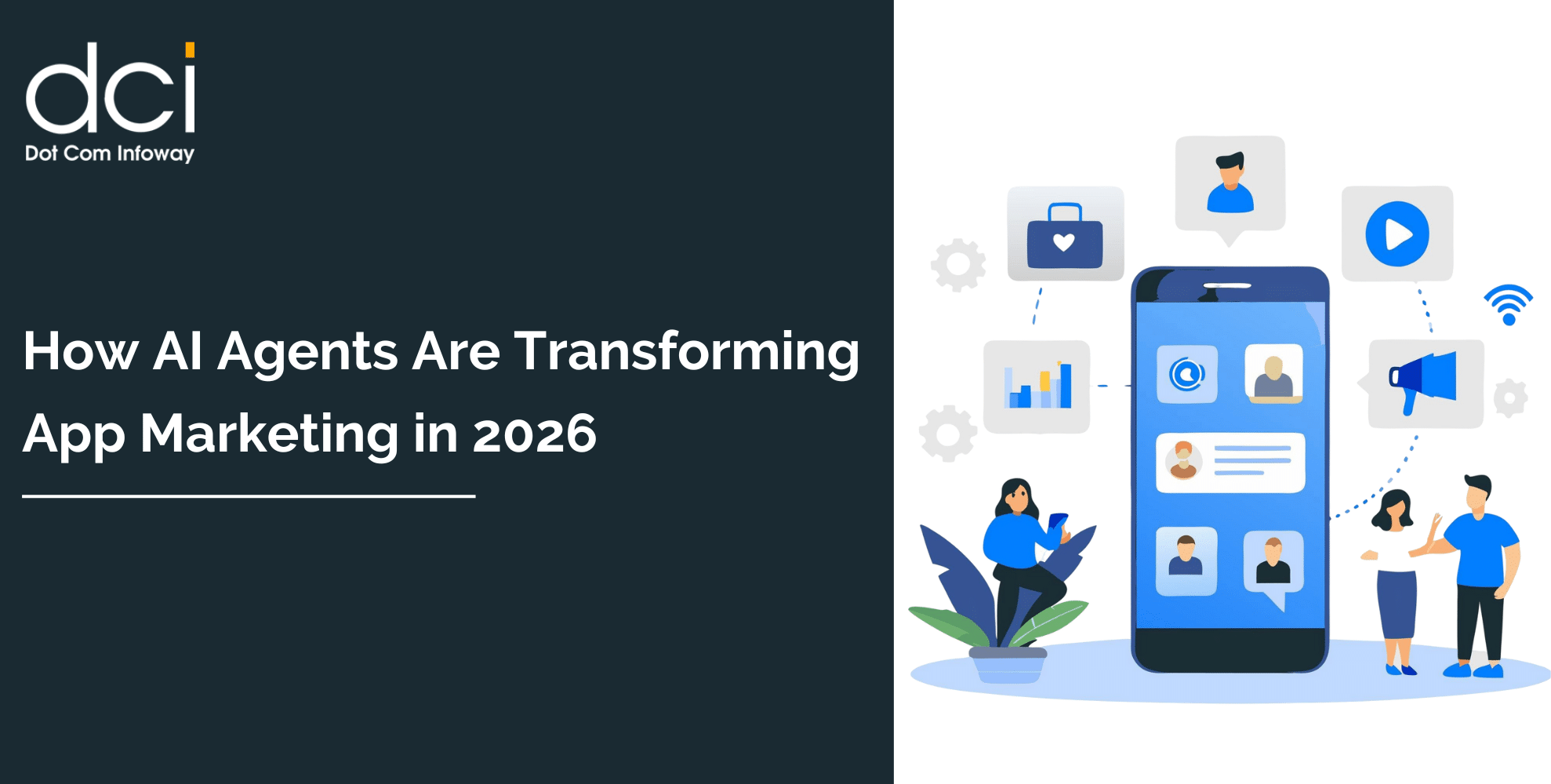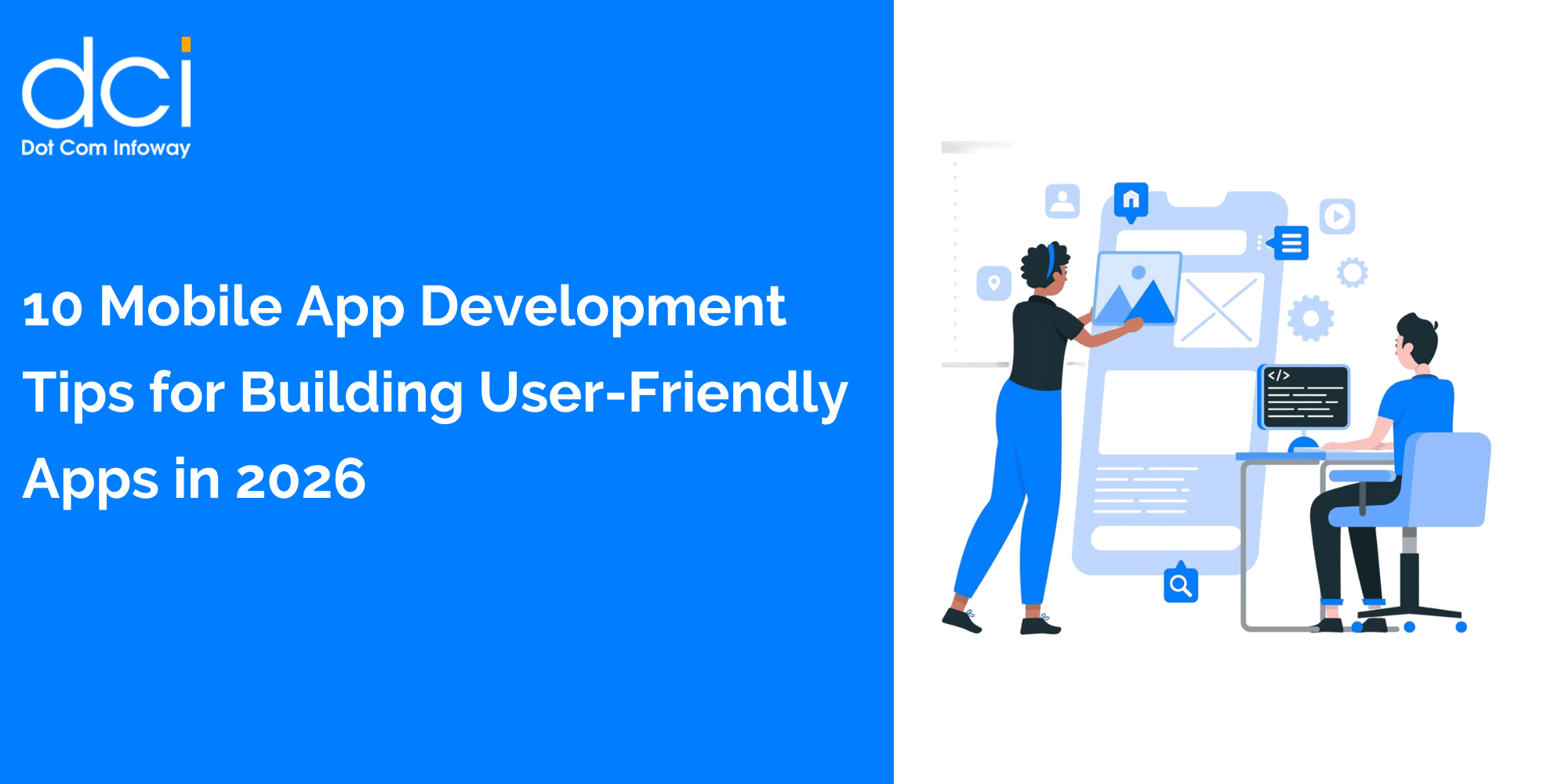The Current State of AI Adoption in Gaming
The numbers tell a compelling story about AI in Gaming Industry adoption. Recent industry reports reveal that 96% of developers planned to employ AI in their workflows by 2025, transforming artificial intelligence from novelty to industry standard. This widespread adoption reflects a strategic pivot where studios deploy AI to solve specific workflow challenges rather than applying generalist solutions across all development aspects.
Developer sentiment has undergone a remarkable transformation. Today, 31% of developers express extreme positivity about AI integration, while another 48% maintain somewhat positive views. Only 5% report anxiety about the technology: a stark contrast to the widespread concern that emerged when generative AI first appeared in mainstream development tools.
One Reddit user from r/gamedev captured this sentiment perfectly: “AI has become the difference between shipping on time and missing our market window entirely. It’s not replacing our creativity: it’s amplifying it.”
Revolutionary Applications Transforming Game Development
Intelligent NPCs and Autonomous Gameplay
AI in Gaming Industry applications has revolutionized non-player character behavior, creating entities that simulate human-like decision-making with unprecedented sophistication. NVIDIA’s PUBG Ally represents the pinnacle of this evolution: the first truly autonomous AI teammate capable of environmental perception, strategic development, contextual communication, and complex task execution, including combat and resource management.
These AI-enabled NPCs learn by simulating top-tier players, enabling more realistic interactions that ensure each player experiences unique gameplay dynamics. However, this advancement has sparked heated debates about competitive fairness, with many players viewing AI teammates as “legalized cheating” in multiplayer environments.
Graphics Enhancement Through Machine Learning
AI upscaling technology has breathed new life into both classic and contemporary games by transforming low-resolution imagery into higher-resolution versions while maintaining visual authenticity. NVIDIA’s DLSS technology exemplifies this capability, delivering enhanced graphics and improved frame rates in titles like “Cyberpunk 2077” and “Control.”
Through convolutional neural networks, AI modifies imagery frame-by-frame, producing:
• Smoother texture rendering
• Enhanced surface reflection quality
• More realistic lighting and shadow effects
• Photorealistic environmental details
As reported by TechCrunch, “AI-powered graphics enhancement has become the secret weapon for studios looking to deliver AAA experiences without AAA budgets.”
Procedural Content Generation at Scale
Generative AI enables developers to create infinite, ever-changing content that provides fresh experiences with each gameplay session. Games like No Man’s Sky and Minecraft demonstrate how AI ensures players never exhaust virtual world possibilities.
This technology creates progressive NPCs that evolve, learn, and adapt throughout gameplay, maintaining unpredictability and enhancing replayability: critical factors for player retention and monetization strategies.
Strategic Implementation Patterns Emerging
Industry analysis reveals nuanced understanding of where AI adds maximum value. Support capabilities seeing increased adoption include:
• Automated playtesting and quality assurance
• Communication moderation systems
• Code optimization and bug detection
• Localization and translation services
Interestingly, creative applications have experienced declining implementation rates, with reduced usage in art generation, narrative design, and adaptive difficulty systems. This trend reflects industry recognition that AI in Gaming Industry works best when enhancing rather than replacing human creativity.
A marketing director recently observed: “We benefit most from AI tools that simplify playtesting and automate bug detection. AI-powered solutions for localization could save significant time and resources while preserving our creative vision.”
The Rise of AI-Native Game Development
The first quarter of 2025 marked the emergence of AI-native games: titles designed from inception with AI integration as a core architectural feature rather than an afterthought. This fundamental shift in game architecture includes breakthrough autonomous testing solutions and seamless AI integration within established engines like Unity.
Reddit discussions in r/IndieGameDev highlight this trend: “We’re not just adding AI features anymore: we’re building games that couldn’t exist without AI. It’s completely changed our development philosophy.”

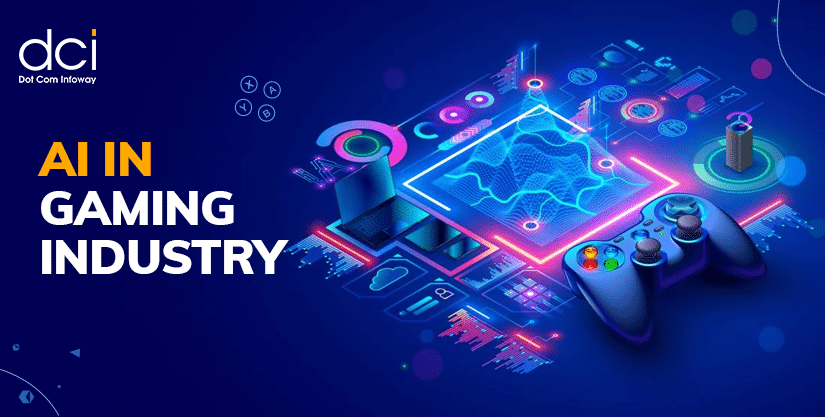

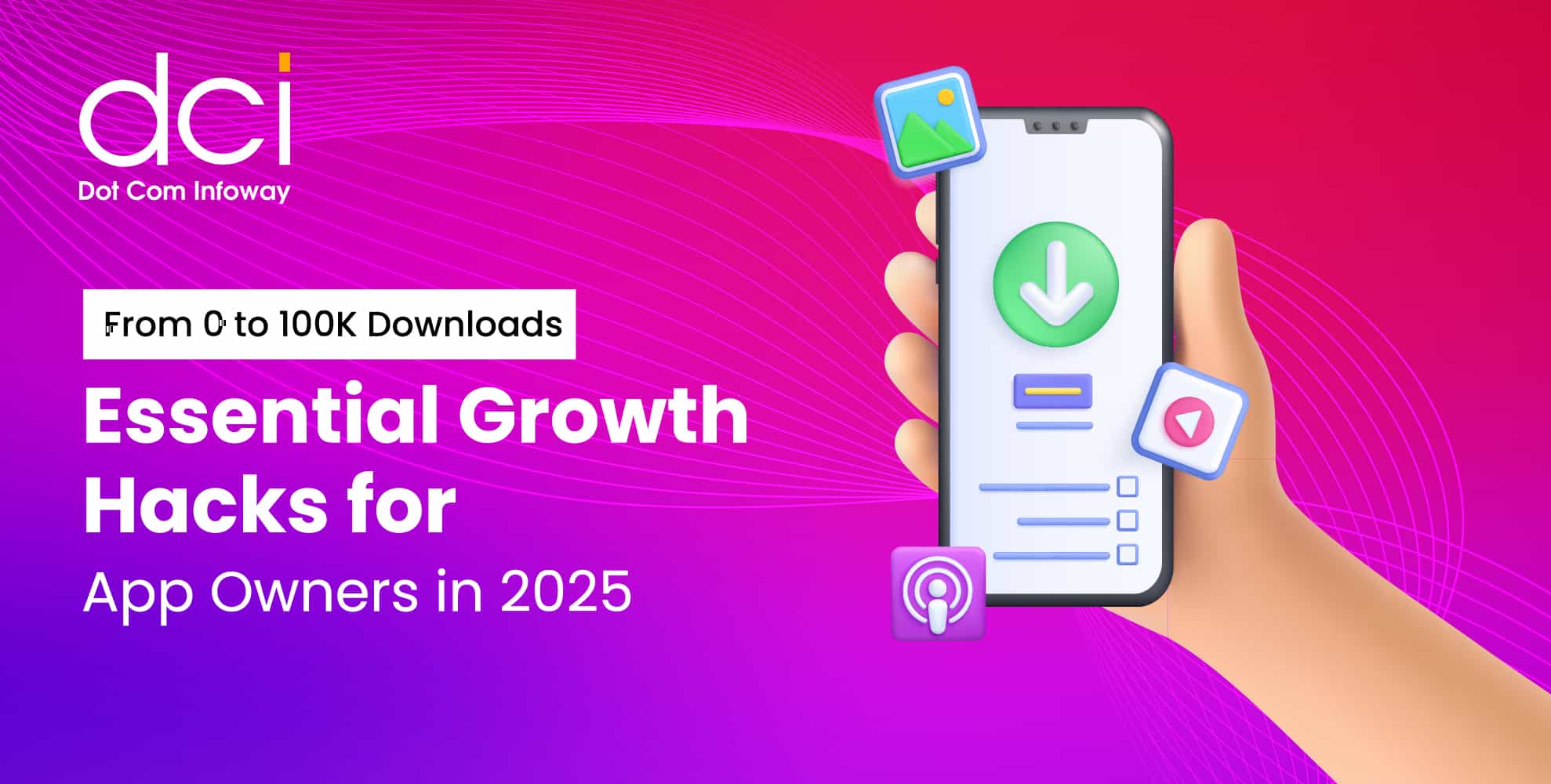

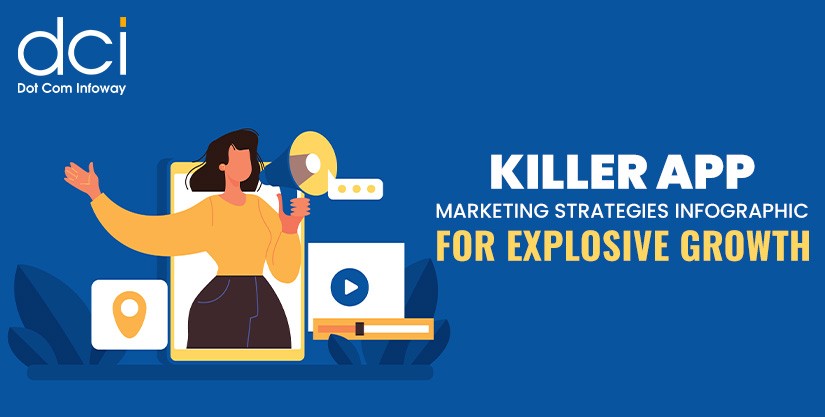

![The Game Marketing Guide: Pre and Post-Launch Strategies [Infographic]](https://www.dotcominfoway.com/wp-content/uploads/2023/09/DCI-Game-Marketing-blog-1.jpg)
